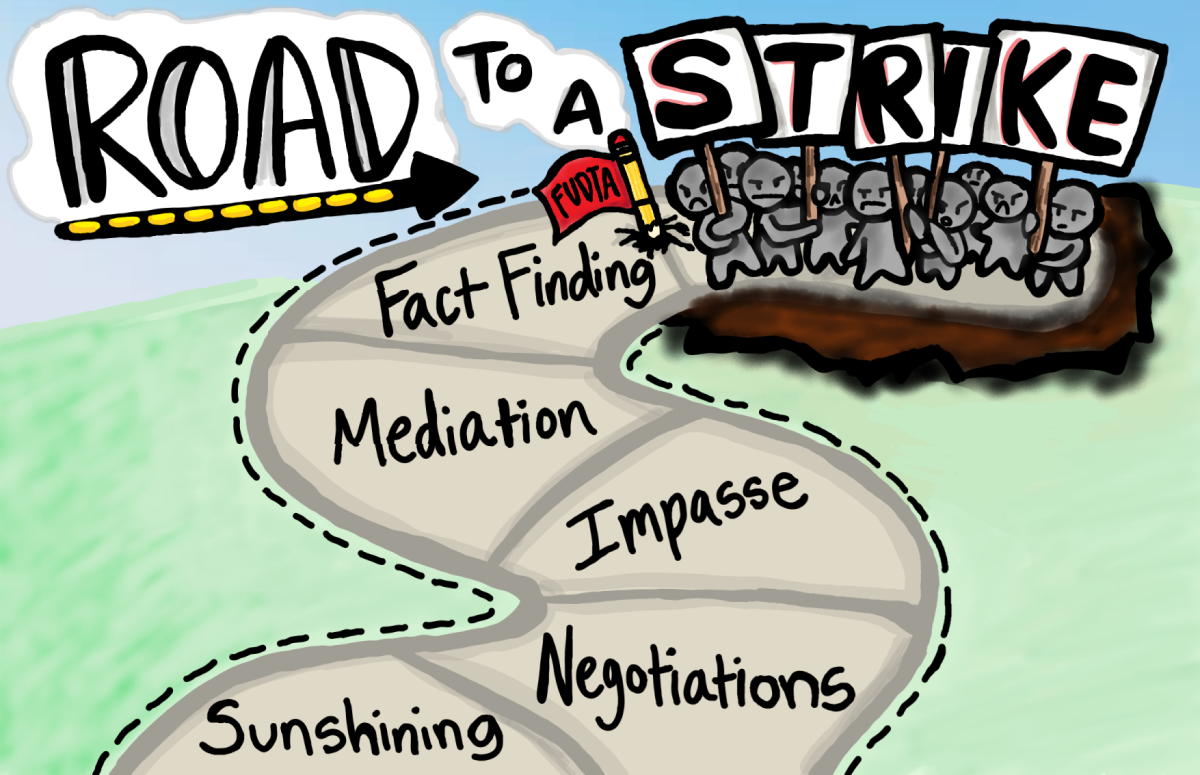42 is the Answer to the Universe: “The Hitchhiker’s Guide to the Galaxy”
December 10, 2018
Inspired while drunk and stargazing in Austria in 1971, “The Hitchhiker’s Guide to the Galaxy” by Douglas Adams remains a classic New York Times bestseller today. The colorful imagery and humorous presentation of the story have led to numerous pop culture references and over 16 million copies sold around the world in 35 different languages, and has won the Sunday Times Seller as well as three other awards.
Improbable events such as those that occur in Geronimo Stilton and imaginative settings like those in Magic Treehouse gradually disappear in high school literature. In replacement, the books we read begin tackle more serious topics, such as the American Dream, mental health, and primeval instincts. However, “The Hitchhiker’s Guide to the Galaxy” is an exception. Right from the beginning of the book, Adams captures the author’s attention with his humorous style and pushes readers to imagine far beyond the Earth, and journey back to a time of childhood curiosity where we think about the possibilities of aliens and extraterrestrial life in space.
The plot starts in a rather random way. A man named Arthur Dent is simply going about his routine lifestyle at his home when looking out the window, he sees a bulldozer ready to take his house down. In order to prevent his house from being destroyed, Arthur decides to do a completely normal action that any moral person would do—lay on the ground and obstruct the bulldozer’s path. After several days lying on the ground, Arthur’s friend, who is actually from another planet, convinces him to go to a bar. His friend named Ford Prefect also later predicts the destruction of Earth and saves Arthur by bringing him in space before the rest of Earth is destroyed. From there, the two of them hitchhike around the galaxy, traveling to various planets on spaceships.
On one planet, a man tells the tale of an advanced machine named Deep Thought that is able to generate the answer to anything. Naturally, people are curious about the purpose of life, so they ask the machine the answer to “Life, the Universe, and Everything.” The machine explains that the program for this answer will take seven and a half million years to run. Finally, seven and a half million years later, on “The Day of the Answer,” while crowds align the streets and the machine to await the enlightening moment, the machine hesitates several times before finally replying the answer… 42.
After reading this book, I’ve finally come to understand the origin of this 42 meme and why Google answers “42” when you ask the meaning of the life, the universe, and everything. Reading this book not only made me feel fulfilled but has also ingrained a deeper understanding of the world in me. Now, whenever I see the number 42, instead of pretending to understand why it’s funny, I have a reason to laugh and also talk about this book.
In all, I would recommend this book to all who wish to delve back into the age of imagination. This book, at the length of under 200 pages, is a great book to read during one’s free time, and has so many references that are valuable to understanding pop culture today.










